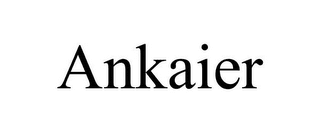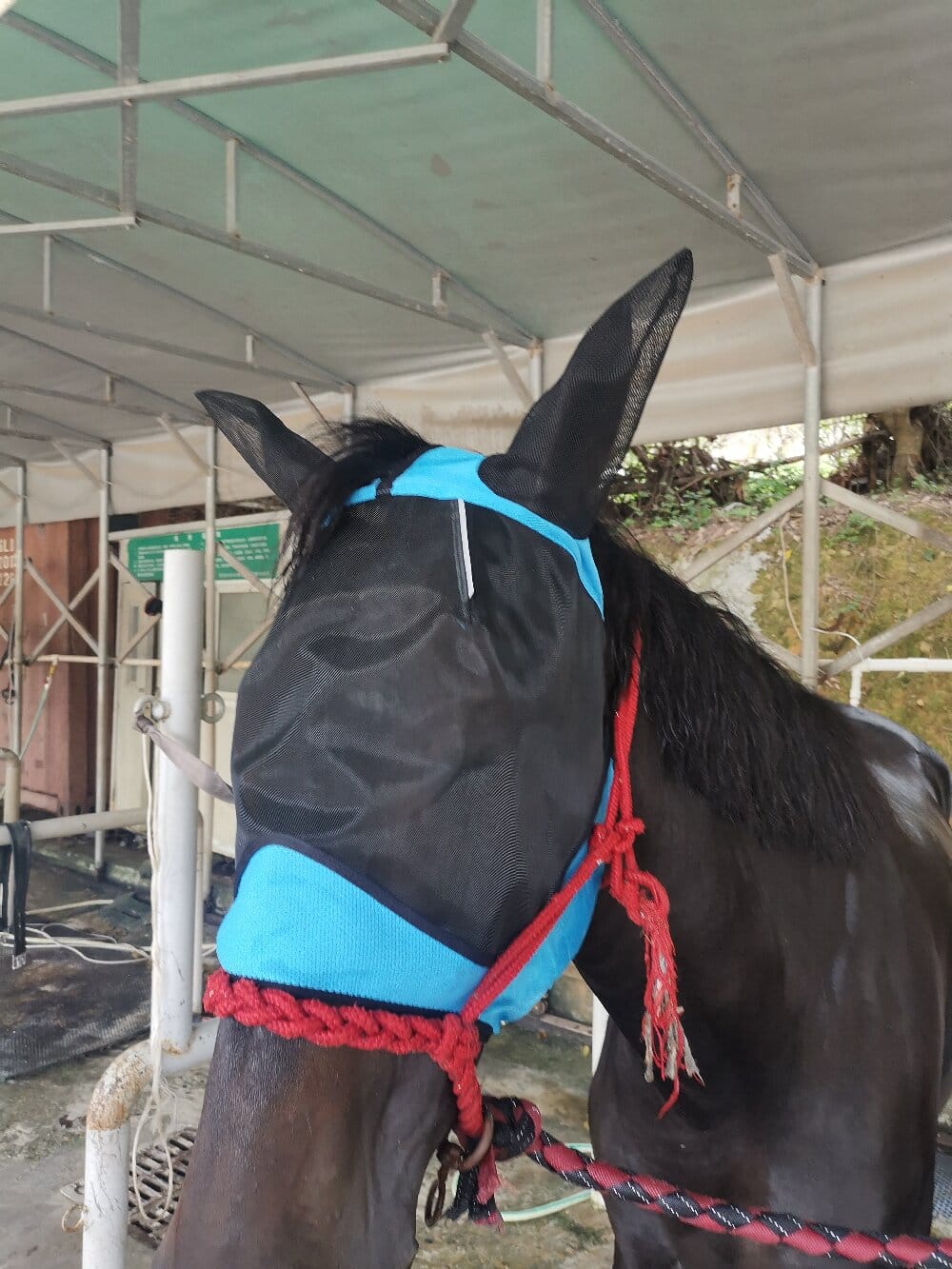In the world of equine care, the horse fly mask stands as a critical piece of protective equipment, designed to shield a horse’s sensitive face and eyes from persistent insects. These specialized equine fly masks are far more than simple accessories; they are engineered solutions to a significant animal welfare concern. The industry has evolved from basic netting to sophisticated garments incorporating advanced materials, UV protection, and ergonomic designs. For horse owners, trainers, and stable managers, understanding the nuances of these products is essential for maintaining herd health, ensuring performance comfort, and preventing conditions that can lead to veterinary issues. The selection and proper use of a fly mask are integral to modern, proactive equine management practices.
Beyond Bug Protection: The Multifunctional Benefits of Fly Masks
While the primary function is to deter flies, mosquitoes, and gnats, the modern fly mask offers a suite of benefits that justify its status as a staple in the tack room. The most significant advantage is the prevention of eye injuries and infections. Constant irritation from insects can cause horses to rub their faces against fences or stall walls, leading to corneal abrasions and ulcers. Furthermore, many flies are vectors for diseases like conjunctivitis. By creating a physical barrier, a quality fly guard significantly reduces these risks. Beyond insect defense, many contemporary masks are equipped with ultraviolet protective factors, shielding horses from harmful sun rays that can cause sunburn, especially on pink-skinned or light-colored muzzles, and potentially reducing the risk of certain ocular conditions.
Key Considerations in Fly Mask Selection
The market offers a diverse range of fly masks, making the selection process crucial for both horse comfort and product efficacy. Industry professionals emphasize several key factors when choosing the right face protection for horses.
- Material and Breathability: The best masks are constructed from lightweight, durable, and breathable mesh. This allows for maximum air circulation, preventing overheating while effectively blocking insects. Look for soft, non-abrasive edges, particularly around the ears and muzzle, to prevent chafing.
- Fit and Safety Features: A proper fit is non-negotiable. A mask that is too tight can cause pressure sores, while one that is too loose may slip, impair vision, or become a safety hazard. Features like adjustable nosebands, quick-release breakaway systems, and elasticized edging are industry standards for ensuring a secure yet safe fit that will give way under significant pressure.
- Coverage and Specialization: Options range from standard eye covers to full-face masks that include nose covers and even ear protection. For horses turned out in bright, sunny pastures, a UV-blocking fly mask is highly recommended. Some models are also designed to accommodate specific needs, such as masks for horses with prominent facial hair or those requiring medication for existing eye conditions.
Industry Trends and Innovations in Equine Facewear
The equine apparel sector continuously innovates, and fly mask design is no exception. Recent trends reflect a growing demand for customization and enhanced functionality. Biothane and other synthetic materials are gaining popularity for their durability, ease of cleaning, and resistance to mold and mildew. There is also a surge in the use of silver-based antimicrobial linings, which help prevent bacterial growth and keep the mask fresher for longer. For the performance or show horse, sleek, low-profile designs that offer protection without a bulky appearance are increasingly available. The industry is also seeing a greater emphasis on eco-friendly production processes and recyclable materials, aligning with broader sustainability movements within the agricultural and equestrian communities.
Best Practices for Use and Maintenance
Investing in a high-quality fly mask is only the first step; its correct application and upkeep are equally important. Experts advise a daily routine of removing the mask to check the horse’s face for any signs of irritation, rubbing, or dirt accumulation. This daily inspection also allows for cleaning the horse’s face and the mask itself. Most mesh masks can be hand-washed with a mild soap and hung to dry, preserving the material’s integrity and elasticity. It is also considered a best practice to have a spare mask on hand, ensuring that the horse remains protected while one is being cleaned or repaired. Proper storage away from direct sunlight and rodents will extend the product’s lifespan, making it a cost-effective investment in the horse’s long-term well-being.
A Staple of Modern Equine Welfare
The development and widespread adoption of the horse fly mask represent a significant advancement in proactive equine health management. From simple mesh screens to sophisticated protective gear, these devices directly contribute to a horse’s quality of life by mitigating a major source of stress and potential injury. For those in the industry, from breeders to competitors, selecting the appropriate face protection is a decision grounded in animal welfare and practical husbandry. By understanding the features, benefits, and proper care protocols, horse owners can effectively utilize this essential tool, ensuring their animals remain comfortable, healthy, and focused, whether in the pasture or during training.

